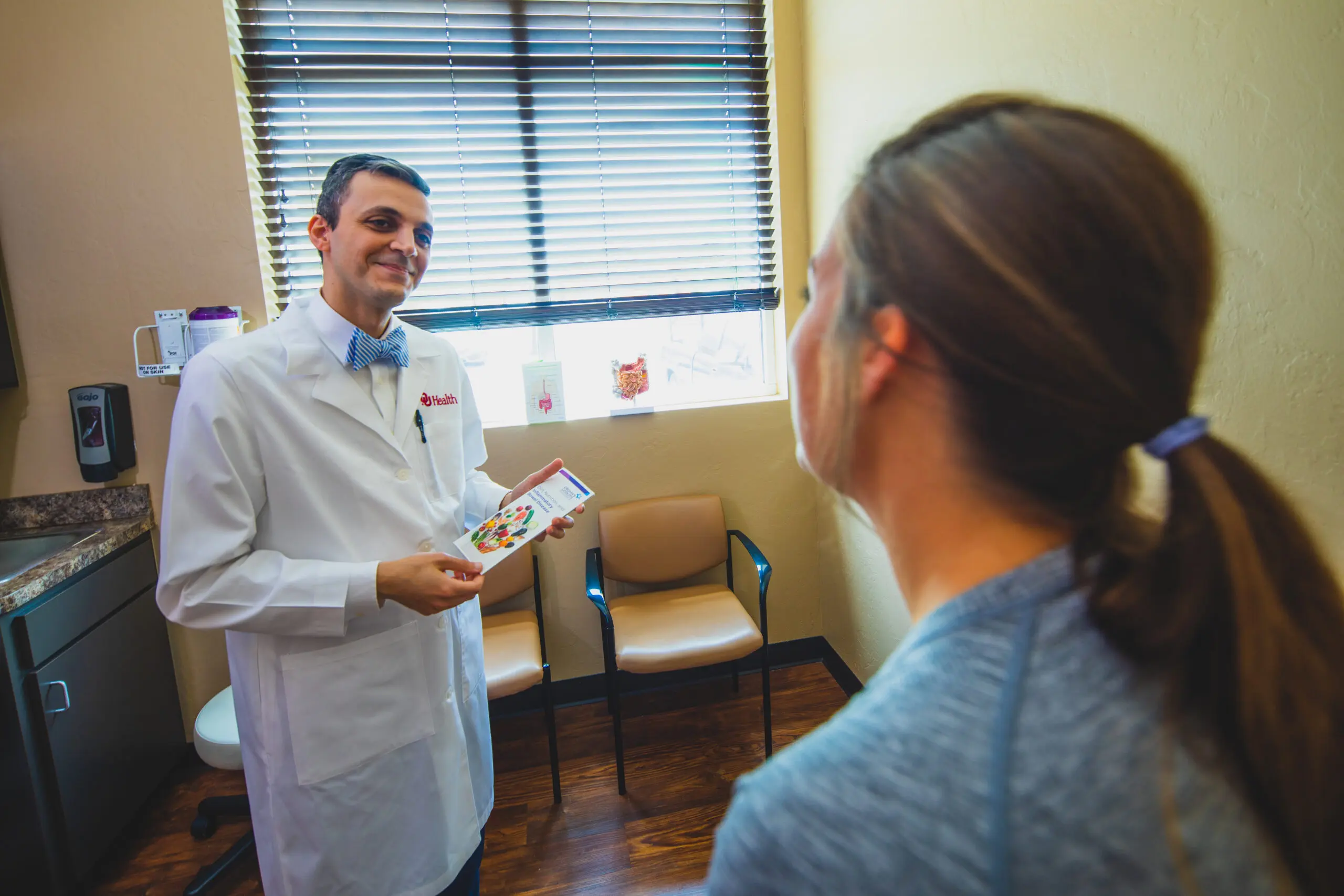Being able to hear – and hear well – is something many of us take for granted.
Jacob Burdett, D.O., an ear, nose and throat (ENT) specialist with Saint Francis Health System, says hearing loss isn’t exactly inevitable with age, but it is a combination of genetic and environmental factors.
“Unfortunately in life, we are exposed to noise pollution,” he says. “In many instances, we can control our noise exposure and use of hearing protections. If we don’t avoid noisy environments, we will trend toward hearing loss over the course of our lives. It is best to protect your hearing, because you only get one set of ears. When they wear out, a hearing aid can be helpful – but it is not like ‘another set of ears.’”
To understand the level of noise that can cause hearing loss and to protect employees in the workplace, the Occupational Safety and Health Administration (OSHA) provides a variety of recommendations regarding occupational noise exposure.
“OSHA recommendations for hearing protection start at a threshold of 85 decibels of exposure over an eight-hour period of time,” says Burdett. “There are caveats to the recommendations and [they] vary based on the level of noise and length of exposure. The general rule to follow: If you have to raise your voice or work harder to speak to another person because of background noise, you should probably be wearing hearing protection or avoid the situation [with noise] as best you can.”

He says using a leaf blower, lawnmower or other common household equipment is a good example of moderate noise exposure that requires hearing protection, and there are many protective devices available.
Another factor when considering what affects hearing loss is the increased popularity and long-term use of earbuds and headphones.
“Headsets are a very helpful tool in the world today,” says Burdett. “The best fitting pair can be a challenge and safety should be a prime consideration. Any headset should be worn and recommended by the manufacturer and kept at an appropriate volume to limit exposure to excessive noise.”
He says ‘in the ear’ headphones limit the escape of sounds, allowing the sound to stay in the ear canal, which can help with noise cancellation.
“The downside to ‘in the ear’ hearing devices include limited moisture control and hearing damage if used at high volume for extended periods,” says Burdett. “I find that people will have increased risk for ear wax (cerumen) impaction and outer ear infections. I personally favor ‘on the ear’ or ‘over the ear’ sound systems—and personally use over the ear headphones with noise cancellation.”
While some hearing damage is reversible, Burdett says repeated injury to the ears will lead to permanent hearing loss over time.
How to Clean Your Ears

When it comes to cleaning the ear, many people have a bad habit of using cotton swabs, which is against the manufacturer’s recommendations.
“The bottom line is that ears are self-cleaning,” says Burdett. “In normal instances, you do not need to clean the ear canal. Wax is supposed to be there. All cleaning methods available over the counter can be irritating to the ear canal if used too often or improperly. It is best to leave the ear alone and only gently wipe visible wax from the outer ear with a washcloth.”
However, he says as we age, we can produce a thicker wax in the ear that may require extra attention.
“People who wear ear-buds, ‘in the ear’ hearing protection, or hearing aids, can have difficulty with wax accumulation,” says Burdett. “If you feel you’re making too much wax or you need to clean your ears out, make an appointment with an ENT to check the ears. If you have excess wax, it can be cleaned in the office. If your ENT recommends maintenance for the ear, follow their instructions. Some people require regular visits to have ear cleanings. This is akin to going to the dentist to reach the tough spots you can’t get on your own.”





















